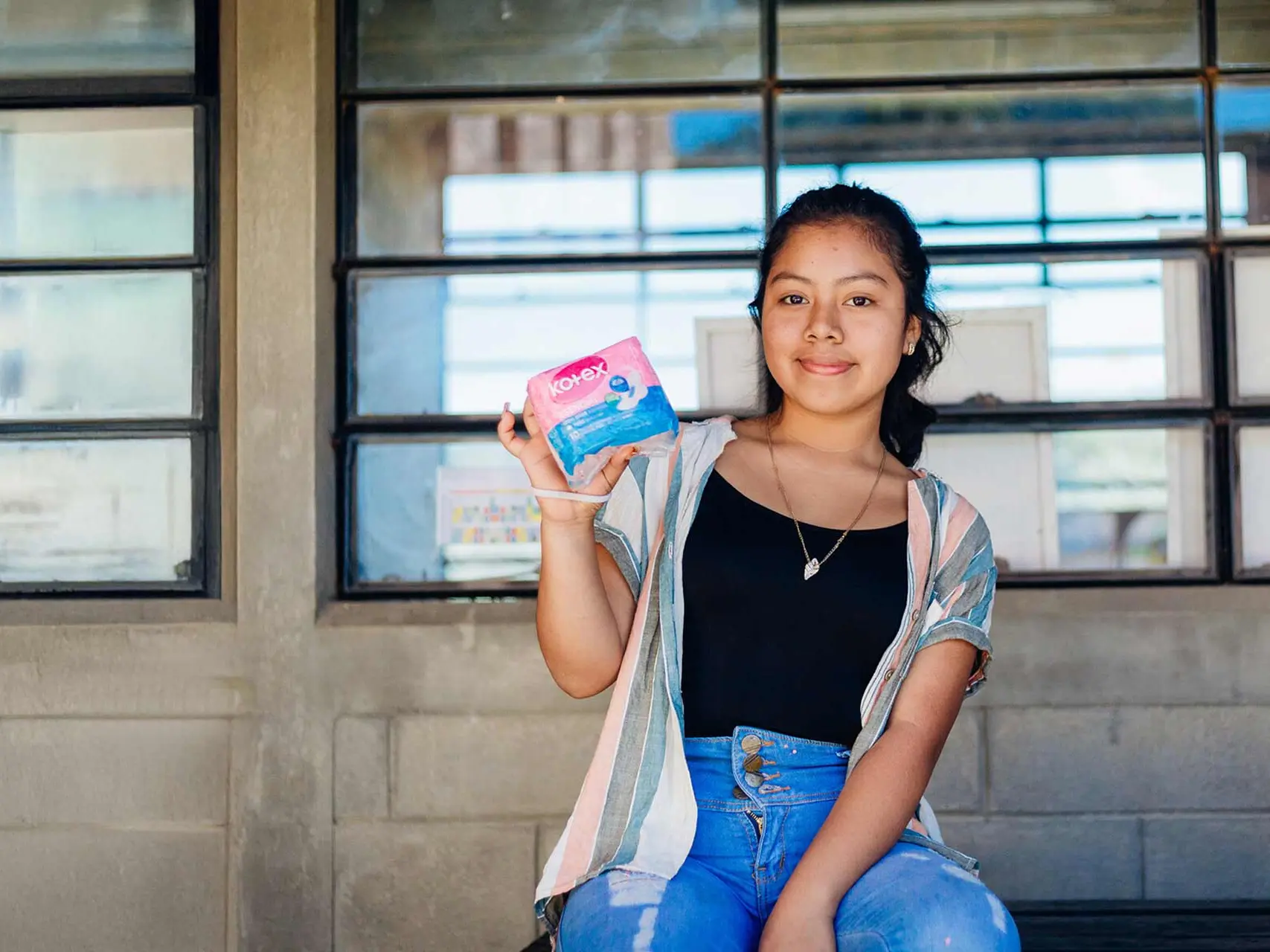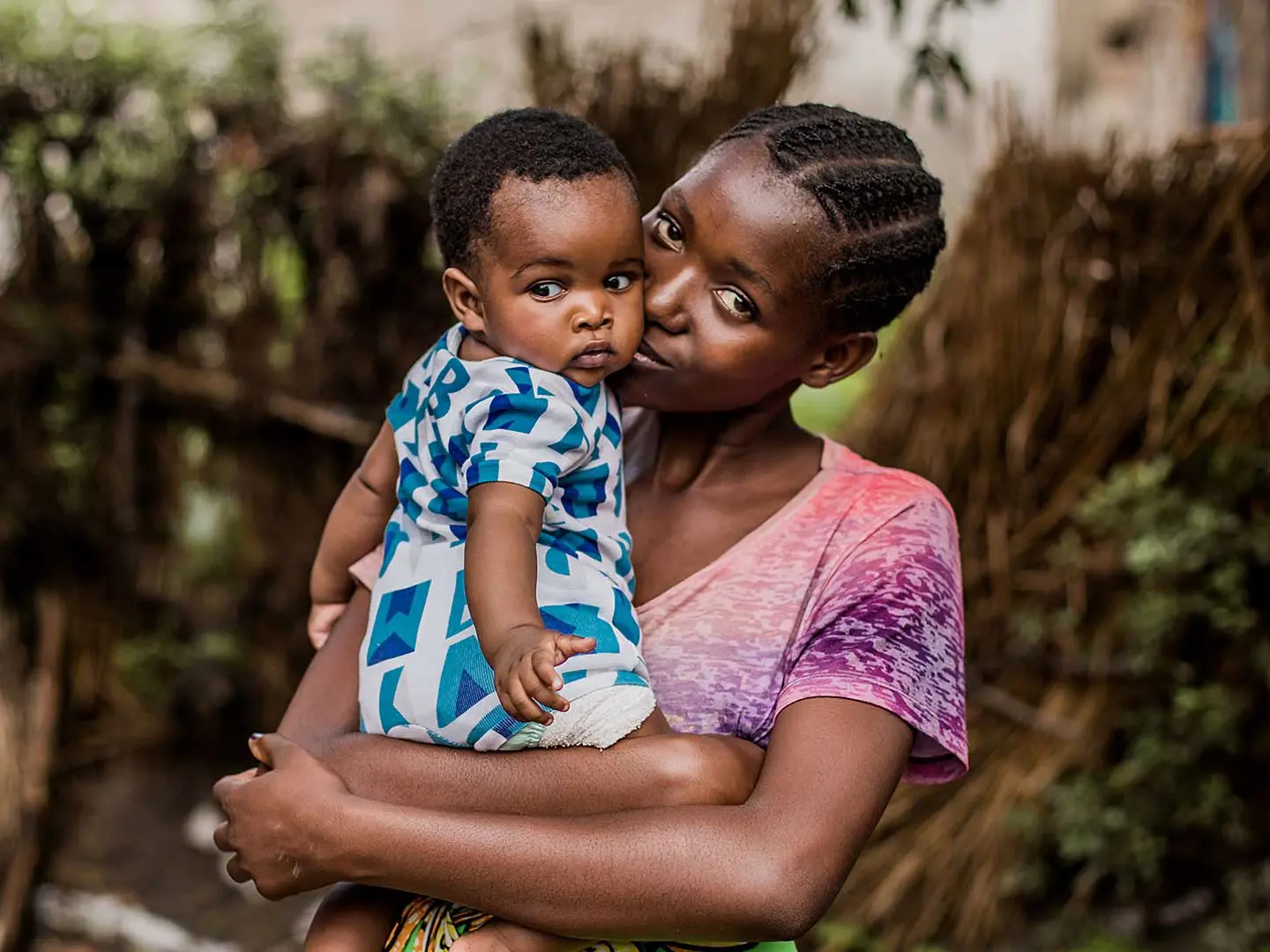Health and rights
Health is a human right and good health is the basis for a good life.
Health is a human right and good health is the basis for a good life.
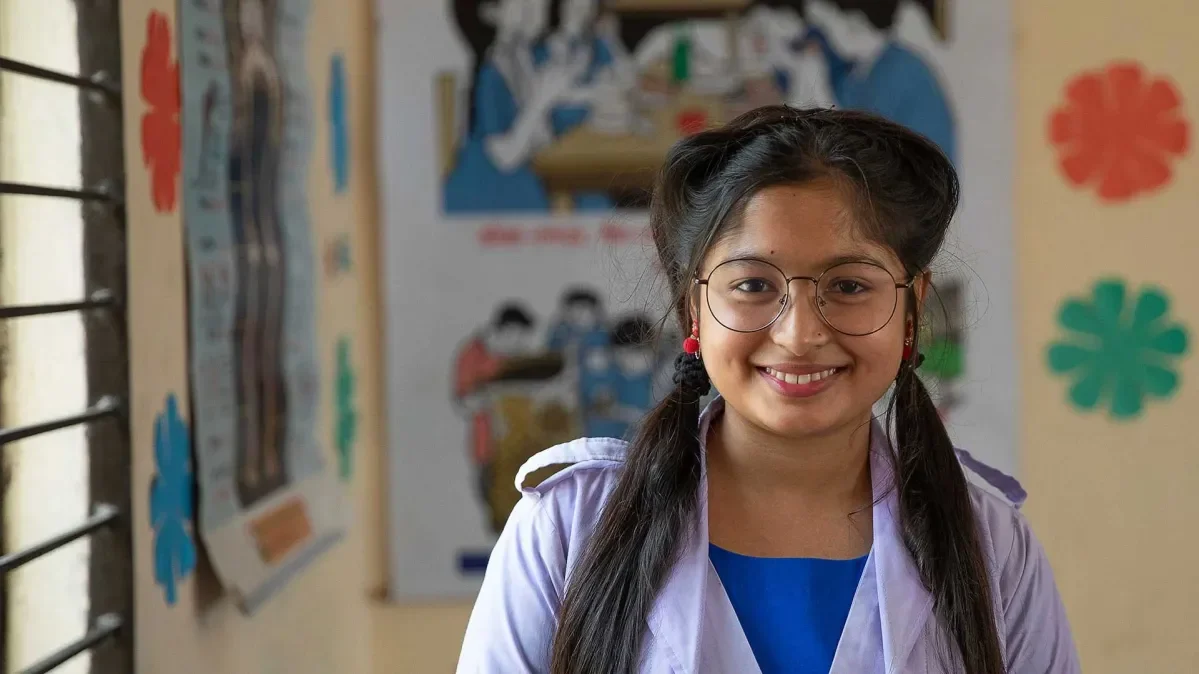
A healthy life is a right for all children and young people. But poverty and inequality mean millions are missing out on that right.
Too many infants are not getting the nutritional food and services they need to survive. Too many girls are forced to hide away on their periods without the products they need. Too many adolescents can’t access contraception to prevent unintended pregnancies.
Children need a base of good health to grow and to learn. To become who they want to be. And young people need access to the right advice, facilities and healthcare. Especially girls, so that they can make choices about their bodies, lives and futures.
Together we can help children and young people reclaim their rights and enjoy the healthy lives they deserve.
of schools don’t have clean water.
of UK girls have missed a part or full day of school because of their period.
of the world's children and adolescents have a mental health condition.
Learn more about health and rights
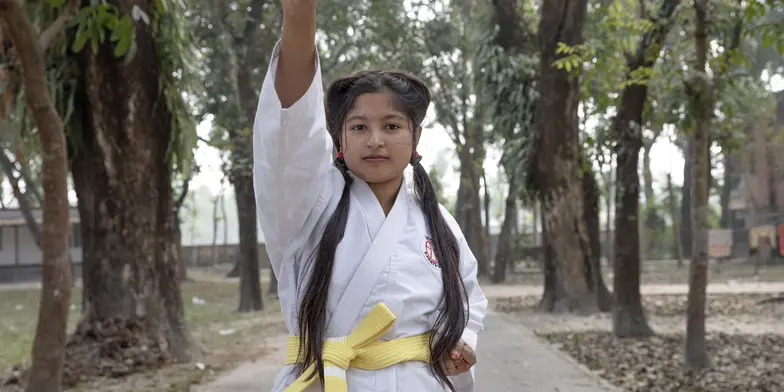
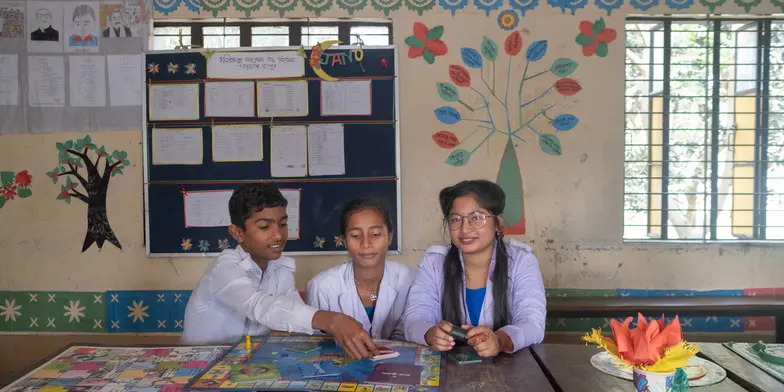
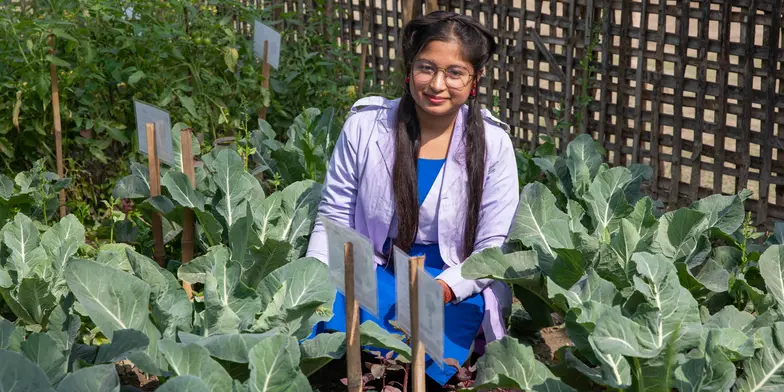
The importance of health: Akhimoni’s story
“Health is the most important thing,” says 15-year-old Akhimoni from Bangladesh. “If my health is not good, then how will I study or go to school?”
Akhimoni took part in a project that boosts young people’s health. Activities range from learning about puberty, to growing nutritious food, to practicing karate. Together, it helps young people make informed and healthy choices about their lives.
“I have a vegetable garden in my home which I made using what I learned from the school garden. I can fulfil the nutrition demands of my family,” says Akhimoni.
“I feel very happy. And the things I have learned, I want to teach them to everyone.”
The struggle to stay healthy
Children and young people need the basics to stay well. Things like enough nutritious food. Clean water. Safe, accessible toilets. Quality healthcare and services that keep disease away.
They also need safe, nurturing environments to grow up in. Ones where they can maintain good mental health and access services if they need to.
Young people also need access to sexual and reproductive health services and information. With these, they can make informed choices over their body and lives.
But accessing all this is too difficult for too many, especially girls. Why?
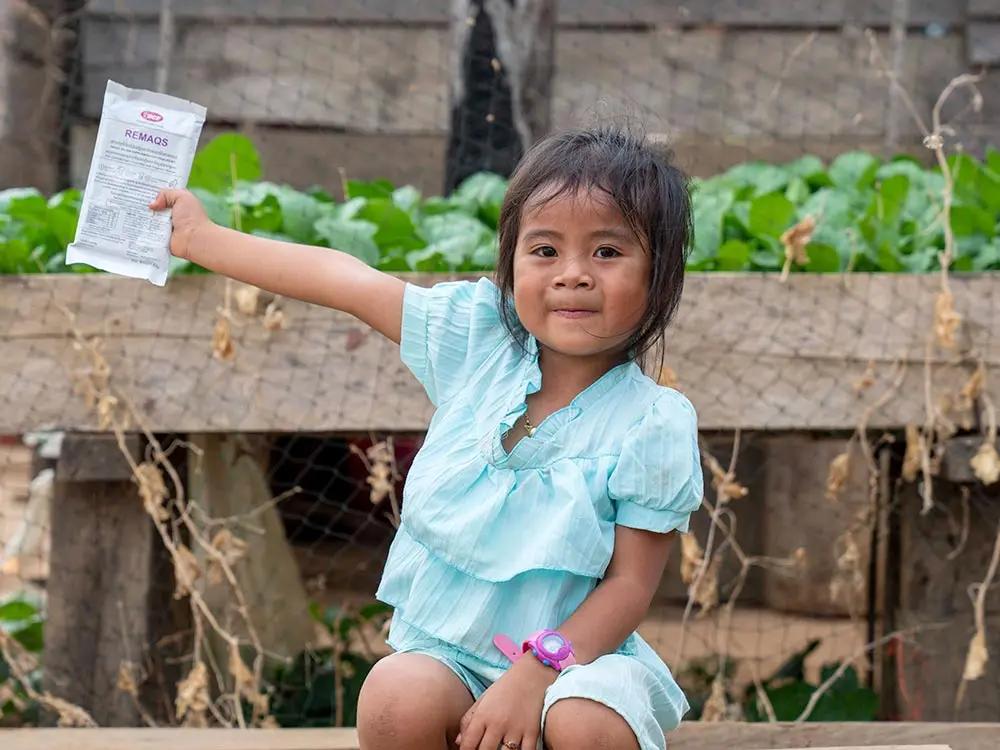
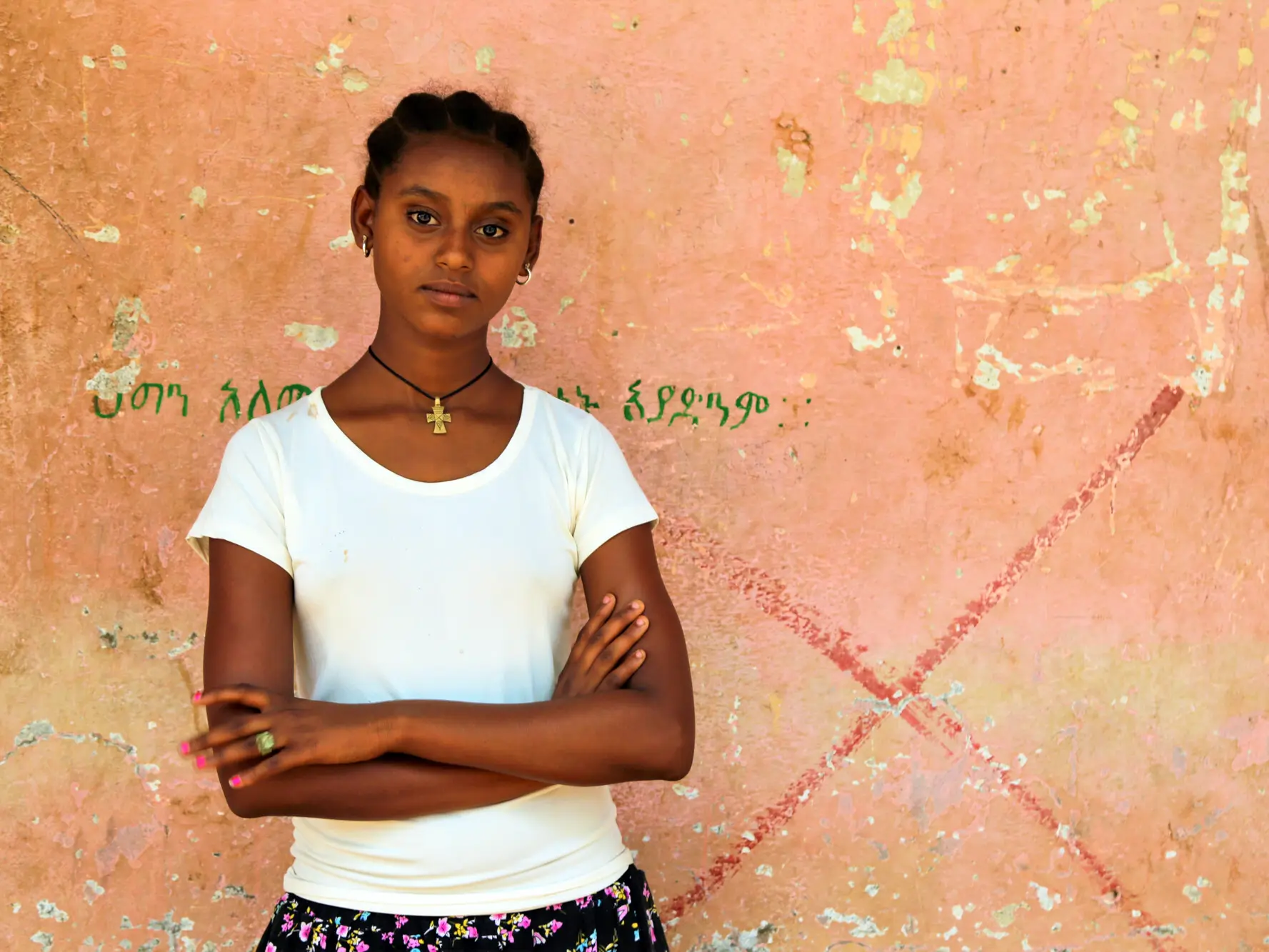
While gender inequality persists, the health of girls and young women remains at risk. That’s because the services girls and young women need are not prioritised. Like access to contraception, period products and safe abortion.
In doing so, they deny girls and young women the very control over their bodies they need to live healthy lives.
What’s more, social and gender norms which shame basic bodily functions like periods risk turning them into a hidden public health issue.
Poverty also plays a role. It puts families in desperate situations where survival may trump girls’ wellbeing. Girls may find themselves eating least and last, or even forced to marry.
Humanitarian emergencies also heighten girls’ risk of harm at a time where they may be cut off from even basic services and support. A worrying combination.
Removing these barriers to health is central to the work we do with communities around the world.
Knowledge is power: Faith’s story
“I am able to make informed decisions about my life in relation to my sexual health because of the knowledge I have gained,” says 18-year-old Faith from Zambia.
Faith is part of an adolescent group supported by Plan International. The group meet every Thursday to share accurate information on sexual and reproductive health and rights (SRHR) with their peers.
“Our community has high numbers of teen pregnancies and I have seen some of my friends dropping out of school because of this.
“I am proud of the work we do equipping young people in the community with knowledge about sexuality education, social norms and gender equality, teenage pregnancy, access to adolescent and youth friendly SRHR services.”
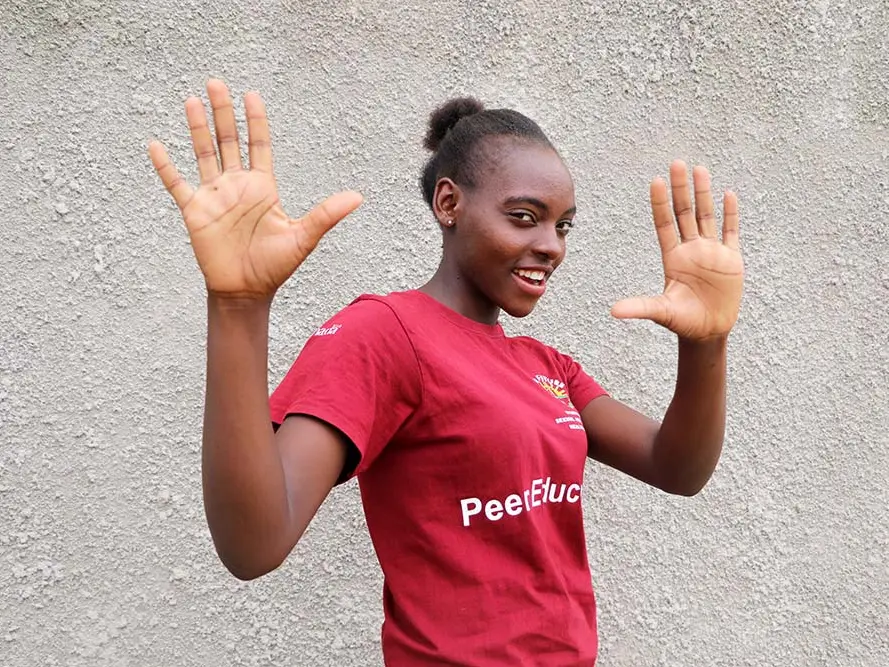
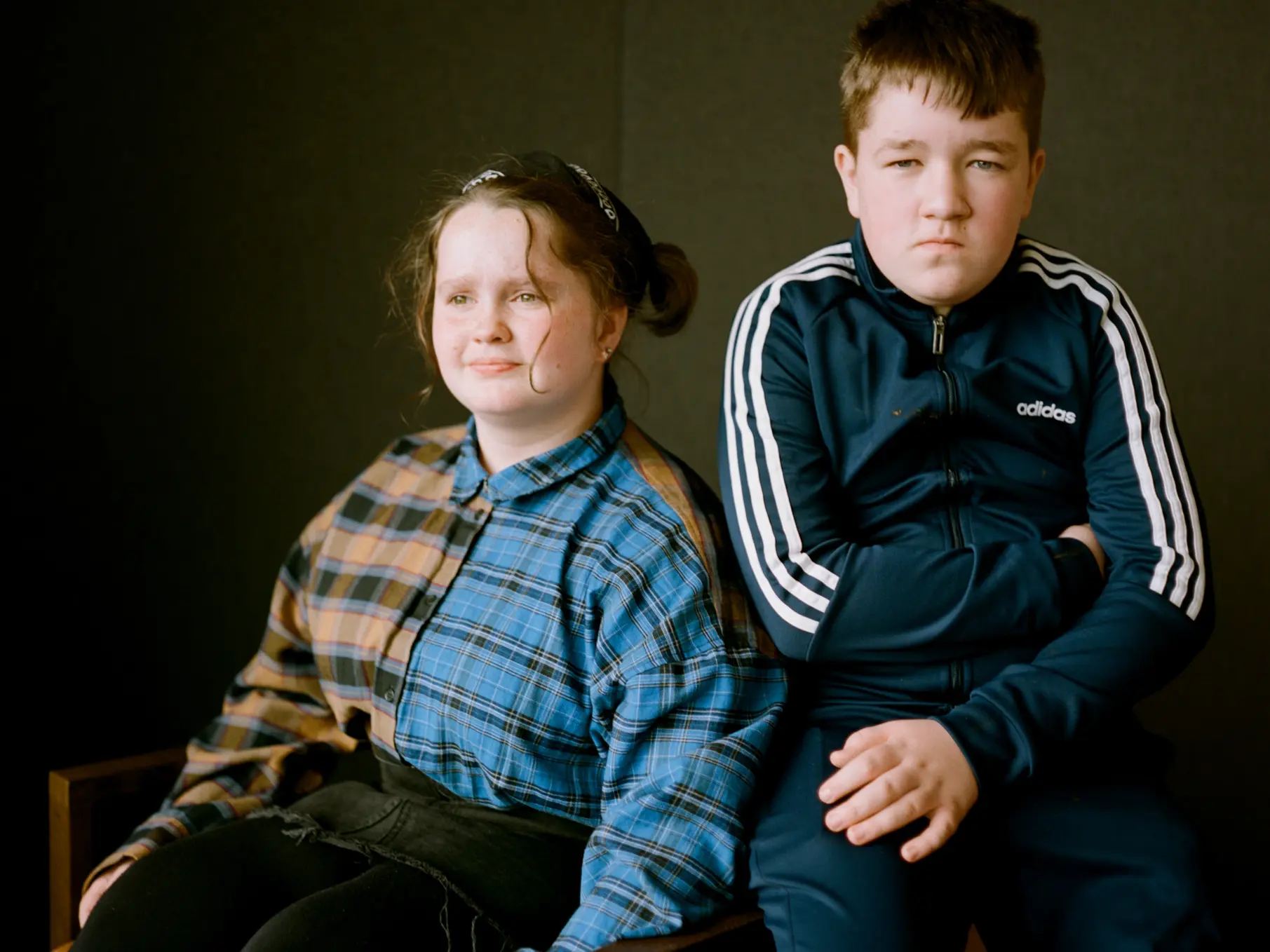
Talking about mental health
“I think people should talk about mental health more because if you don't, it will just get worse,” says 11-year-old Connor.
Molly, 13, agrees: “It's important to speak out and reach out.”
Connor and Molly, from the UK, took part in the Young Health Programme supported by AstraZeneca. It’s also run in Brazil, Kenya, Indonesia, Vietnam, Thailand, Egypt, and Colombia.
As part of a design workshop, Connor and Molly helped identify ways to improve young people’s health. Encouraging more people to speak up was a key theme:
“Sometimes, it might be a bit difficult even to approach a person and open up about it. But, trust me, you won't regret it. A big sigh of relief will happen,” says Molly.
Support a child’s health
Sponsorship can help a child to thrive in life.
